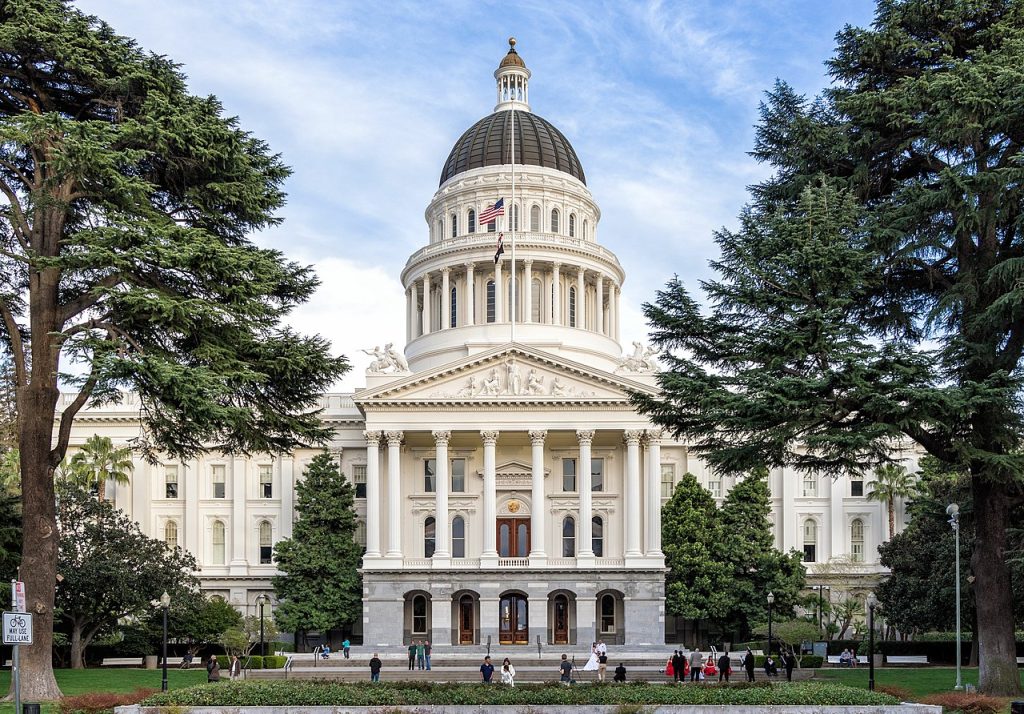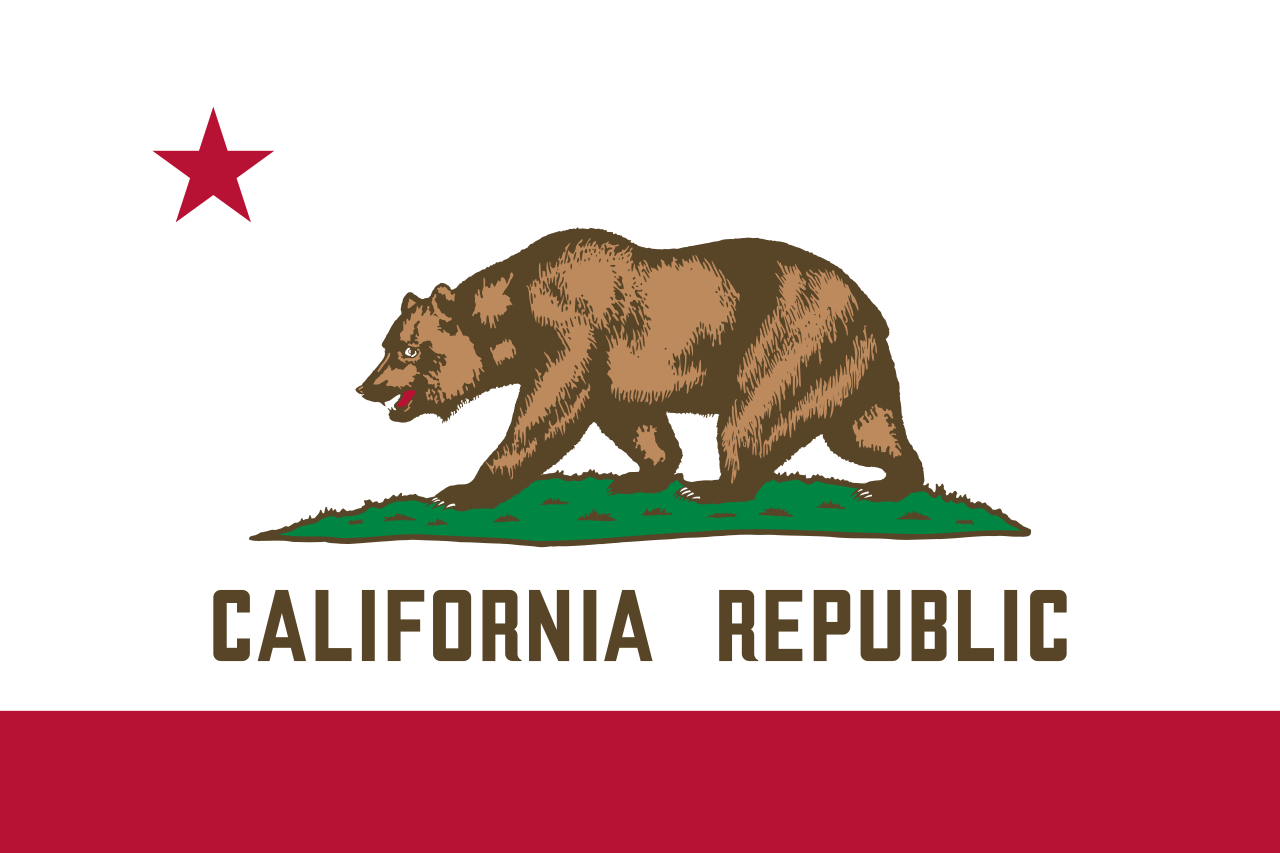California’s reputation as a land of opportunity is often marred by its staggering cost of living. The Golden State’s housing market, exorbitant taxes, and pricey amenities have long driven residents to seek refuge in more affordable pastures. However, the consequences of California’s high cost of living extend far beyond its borders, casting a shadow over the entire nation’s economic landscape.

As Californians grapple with the relentless rise in living expenses, many are choosing to flee to states with lower costs of living. This mass exodus isn’t just a demographic shift—it’s a catalyst for inflation in other parts of the country.

As Californians settle in new states, they bring with them higher income expectations and a willingness to pay more for goods and services, thus driving up prices locally.

The impact of California’s migration trends is particularly felt in housing markets across the nation. In states like Texas, Nevada, and Arizona, where Californians flock in search of more affordable housing options, property prices soar. The sudden influx of demand outstrips the existing supply, leading to bidding wars and inflated home values, making homeownership increasingly elusive for native residents.

Moreover, as California retirees cash out on their properties and relocate to states with lower costs of living, they inject a significant amount of wealth into local economies.

While this influx of capital may initially seem beneficial, it inadvertently drives up prices across various sectors, from groceries to healthcare, as local businesses adjust to accommodate the increased spending power of their new residents.

But the ramifications of California’s cost of living extend beyond mere economic implications. The ideological landscape of receiving states undergoes a subtle transformation as well. The influx of Californians, often perceived as more liberal-leaning, into traditionally conservative states introduces new perspectives and influences local politics.

Over time, this demographic shift can contribute to the gradual bluing of once staunchly red states, as evidenced by recent electoral trends.

In essence, California’s high cost of living serves as a catalyst for inflation and ideological shifts beyond its borders. As residents seek refuge from unattainable housing prices and steep taxes, they inadvertently export the economic and political challenges of their home state to new territories.

While this migration offers newfound opportunities for some, it underscores the interconnectedness of regional economies and the far-reaching consequences of economic disparities. As policymakers grapple with the complexities of housing affordability and income inequality, addressing the root causes of California’s exodus becomes paramount in shaping a more equitable and sustainable future for all Americans.





